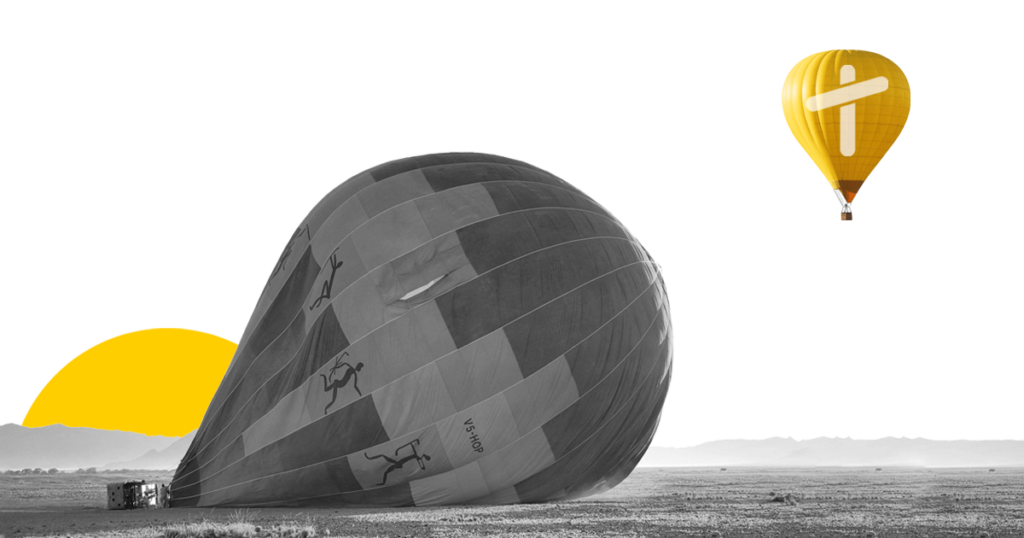We are told that the primary role of central banks is to maintain the price stability of their currency, this is done through keeping inflation within a certain band which is normally 1%-2% through the setting of interest rates as well as assisting in keeping economic activity at a steady growth level.
But what if the central banks were deliberately creating massive asset bubbles through bank credit creation which then naturally leads to a banking and asset price burst? This sounds crazy, and why would they do this? Kinder people might say that all central banks start off with good intentions with trying to keep asset prices rising gently but then stuff happens and there are unintended consequences to their actions.
“The road to hell is paved with good intentions”
Perhaps the central banks have decided that they want to instigate structural change to the economies, and the way to do this is to create a massive bubble and when it crashes people will be desperate for some type of economic reform. Or perhaps they believe that by creating credit and increasing asset prices initially they might avoid a harder landing.
Whichever you think, the end result of an asset bubble collapse and banking crisis which is then bailed out by the government translates to a lot of private sector wealth being wiped out and the government sector becoming proportionately larger. With each banking crisis being used for the central banks to expand their powers.
Whilst interest rates do obviously have an impact on the economy, the availability of credit through central bank money creation also has a big impact on the economy. It has been argued that interest rates are used as a smoke screen to distract people from their true policies.
In addition, the world’s central banks have created a huge amount of government debt to help fight the economic slowdown due to the Coronavirus. It is no coincidence that as the US Federal reserve has expanded its asset base by trillions of dollars this year alone to nearly $7 trillion, the price of gold has gone up 15% from 1,500 US$ per ounce top over $1,700 per ounce since the beginning of 2020. In pounds sterling the increase in the gold price this year alone has been closer to 20%. Is this the gold market pricing in future inflation?
Debt causes instability.
It seems that our economy is addicted to debt. The central banks are very keen to push more and more debt into the economy in the name of bailing us all out, but is this to the benefit of the many or just the few? Or perhaps there is an agenda to some-how use an economic crisis to reform the economy.
It could be argued that many if not all central banks have been implementing inappropriate credit policies without any real accountability. More transparency is needed on the inner working of central banks and how many is created.
The monopoly of the issuance and creation of money by the central banks has created instability in the global economy. We should have the choice of different types of money alongside the current debt based money, with alternative currencies such as commodity based money, community currencies and even crypto currencies such as bitcoin.
Ending the monopoly of fiat money.
We need a decentralised renaissance of our economic and governmental structures. We currently have an over centralisation of power with big government, big banking and big business. Competition in money would kickstart this change.








